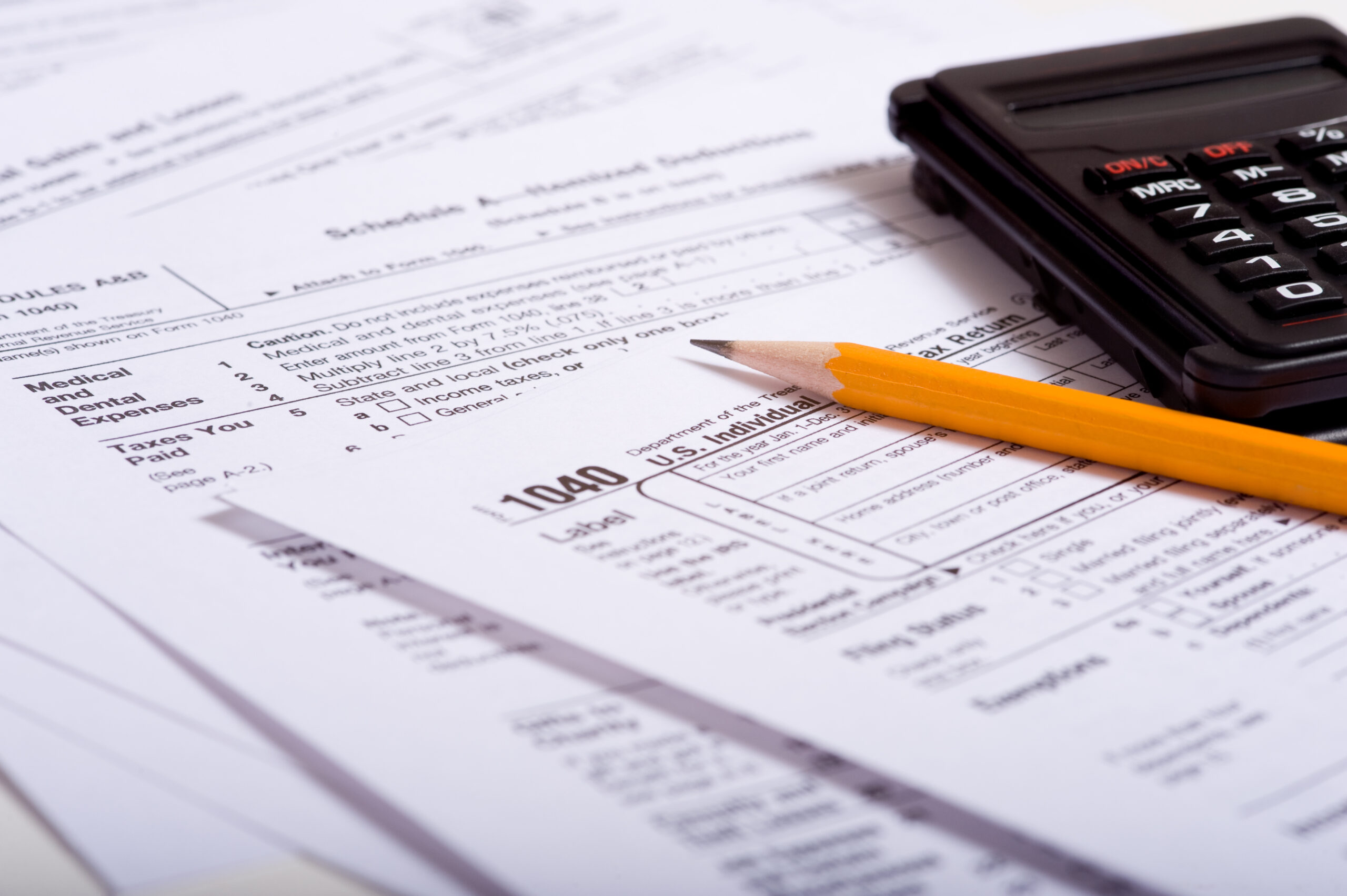
Tax season doesn’t have to be stressful. With proper planning, organization, and timely action, you can file smoothly, maximize your refund, and avoid mistakes. This guide provides step-by-step tips to help you prepare effectively.
Start Early for a Smoother Process
The earlier you prepare for tax season, the better off you’ll be. Starting early gives you plenty of time to gather required documents, correct any errors, and seek professional advice if needed. Procrastination, on the other hand, often leads to rushed decisions, overlooked deductions, and unnecessary penalties. Mark key IRS opening dates and filing deadlines on your calendar to avoid any last-minute surprises.
Gather and Organize Your Documents
Before the paperwork piles up, set aside time to collect all relevant tax documents. These may include:
- W-2s from your employer
- 1099s for freelance or contract work
- Bank and investment statements
- Receipts for deductible expenses
- Records of charitable donations
- Interest and mortgage statements
- Healthcare documents (like Form 1095-A, B, or C)
- Education records (tuition, student loan interest, or scholarship info)
Create a centralized folder, either physically or on your computer, dedicated to tax-related paperwork. Consider using scanners or an app to digitize important receipts, making future access easy and secure.
Decide if You’ll DIY or Seek Help
One major decision is whether to prepare your taxes yourself or hire a professional. If your financial situation is straightforward, IRS Free File, commercial tax software, and reputable online services can make filing easy and affordable. These tools often guide you through deductions, credits, and error checks.
However, if you have complex finances—like investment income, self-employment, or multiple deductions—working with a certified tax professional may be wise. A tax preparer can help you identify tax-saving opportunities and ensure compliance, especially if you’ve experienced life changes such as marriage, divorce, or homeownership in the past year.
Know Which Deductions and Credits Apply
Don’t leave money on the table. Stay informed of tax deductions and credits you may be eligible for, such as:
- Standard Deduction vs. Itemized Deduction: Assess whether itemizing (listing each deductible expense) yields a better return than claiming the standard deduction.
- Child Tax Credit and Dependent Care Credit: Parents can save significantly with these credits.
- Education Credits: Students and graduates may benefit from the American Opportunity or Lifetime Learning Credit.
- Earned Income Tax Credit: This refundable credit supports low to moderate-income working individuals and families.
- Charitable Contributions: Donations can be deducted if you have proper documentation.
- Healthcare Costs: Certain out-of-pocket healthcare expenses are deductible above a threshold.
Double-check IRS eligibility requirements, as these change periodically. Tax software or a professional can identify eligible deductions and ensure you’re maximizing your refund.
Plan for Your Payment (or Refund)
Once your return is calculated, determine if you will owe taxes or receive a refund. If you expect a tax bill, make arrangements early. Options include electronic funds withdrawal, IRS Direct Pay, or establishing an installment agreement for larger amounts. Waiting until the deadline increases the risk of interest and penalties.
For refunds, consider direct deposit for the fastest delivery. Use the IRS’s “Where’s My Refund?” tool to monitor your payment status after filing.
Prevent Future Stress with Year-Round Habits
Don’t relegate tax prep to a springtime scramble. Set yourself up for a more relaxed season next year by:
- Tracking expenses and income throughout the year
- Storing receipts and statements as you receive them
- Adjusting withholdings if your income changes
- Setting quarterly calendar reminders for estimated payments (if self-employed)
- Subscribing to IRS alerts or mailing lists for important updates
Consistent, year-round attention pays off in increased accuracy and potential savings.
Watch for Scams and Protect Your Data
Tax season often attracts scams seeking your personal information. The IRS will never call, email, or text to demand immediate payment or sensitive data. Protect yourself by:
- Guarding your Social Security number
- Using secure, reputable tax software
- Shredding sensitive documents you no longer need
- Enabling two-factor authentication on financial accounts
Being vigilant helps keep your identity safe and your tax filing secure.
Final Checklist Before Filing
Before you hit submit, review this quick checklist:
- Have you received all necessary forms (like W-2s, 1099s)?
- Are your personal details (name, address, SSN) correct on all documents?
- Did you double-check Social Security numbers for dependents?
- Have you signed and dated your return (if paper filing)?
- Did you save copies of your completed return and supporting documents?
A thorough review, combined with tax consultation services like those offered in St. George, Utah, can help prevent costly errors and delays.
Conclusion
Tax season doesn’t have to cause anxiety. With early action, organized records, and up-to-date knowledge, you can handle your taxes efficiently. Whether you file yourself or bring in a professional, these proactive strategies ensure you’re ready for whatever tax season brings.